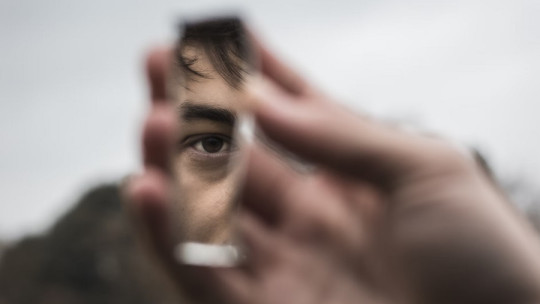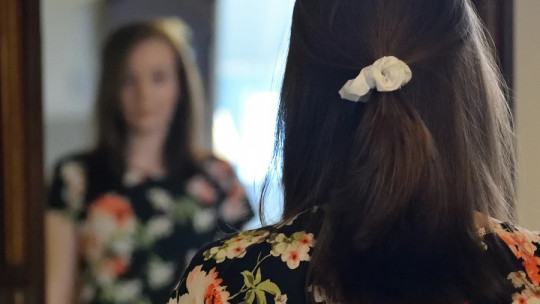
The mirror seems to show in detail what a person looks like. However, reflection on physical self-concept goes beyond what the reflection shows at each moment. That is, a human being can observe himself from a positive perspective or, on the contrary, emphasize traits that he perceives as defects, shortcomings or imperfections.
The suffering caused by a negative perception of body image is not superficial. In fact, it affects the quality of life when the subject feels high insecurity in their personal and professional relationships. Body dysmorphia is, in short, a type of mental disorder.
Characteristics of body dysmorphia disorder
Where this alteration occurs, the individual has a distorted image of his or her own body. He does not objectively observe the beauty of those traits and qualities that are part of his body image. On the contrary, he focuses excessively on details that become enormous defects according to his criteria. These characteristics take on enormous prominence when she visualizes herself.
This fact makes irrational beliefs about physical appearance become a cause for concern, insecurity and unrest. That is, this disorder directly impacts personal self-esteem and the relationships established with others. For example, a patient with body dysmorphia may not fully enjoy her social life. In some cases he may avoid those plans that make him feel stressed, restless or uneasy. In short, the risk of feeling a higher level of loneliness increases.
It is common for a person to experience great discomfort when looking in the mirror. It is difficult for him to hold his gaze for a long time. And he also doesn’t enjoy looking at those family portraits in which he is present. The value of personal image and physical appearance seems to have great importance in today’s society, which is so visual.
In this way, a person who judges oneself negatively tends to compare oneself with others, but generally does so from a position of inferiority. That is, it is not objective in its evaluations, since it magnifies and exaggerates its possible defects (it is worth remembering that it does not do so in a conscious and intentional way). Furthermore, she believes that others also pay attention to those details that she would like to change about herself.
On the contrary, he idealizes the beauty he perceives in others as if it were the expression of maximum perfection. Nowadays, interpersonal comparisons can go beyond the closest and most immediate environment. That is, the person can perceive perfectly maintained photographs on social networks. Images that sometimes show a perspective of beauty that is unattainable in reality. And yet, this content leaves an emotional mark on those who feel vulnerable when contemplating it from an idealized perspective. That is, the person can also compare himself with people he does not know in person.
Attention to body image becomes a recurring concern for those who suffer from this disorder. The person maintains an internal dialogue that presents several repetitive ideas with a marked negative tone. That is, she has internalized the belief that she is not beautiful, handsome or attractive enough. And although other friends and family tell her otherwise, she does not feel the praise she receives when, for example, she shows off a new image or debuts a style that flatters her, is true. Body dysmorphia significantly impacts one’s self-esteem and self-confidence. The person believes that the image they perceive of themselves is identical to that which others see when they accompany them. But others look at him from a totally different angle.
Psychological help is key for patients with body dysmorphia
Each body is unique and has an attractiveness that should not be conditioned by demanding beauty standards that give rise to a reductionist image of physical appearance. However, The negative view of bodily defects becomes an important source of suffering in everyday life. So much so that the affected person checks her image constantly. For example, you may change your clothes numerous times before choosing a definitive style.
These defects seem to become the main cause of unhappiness. But the reason for dissatisfaction is not in the body, but in the perception of a distorted image. Therefore, it is important to receive psychological help, nourish self-esteem and deepen internalized beliefs about physical beauty.








